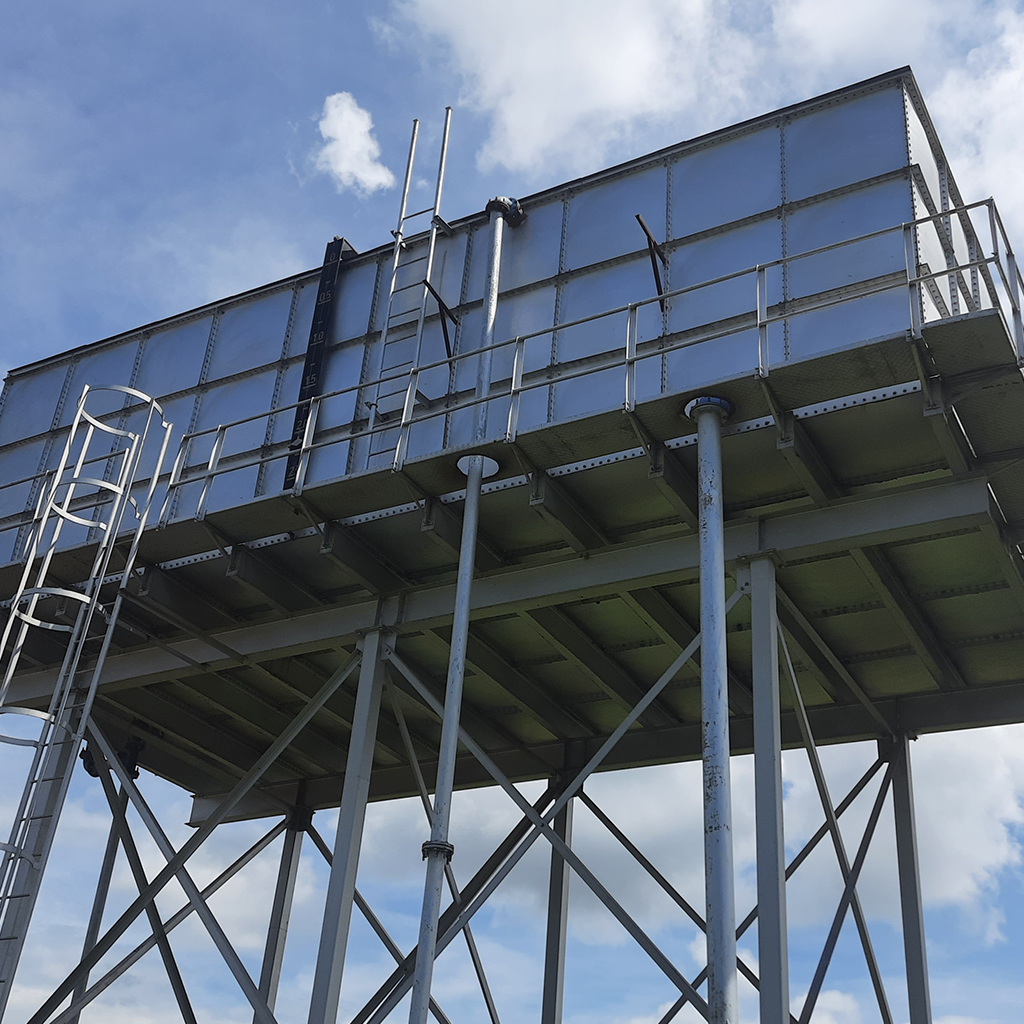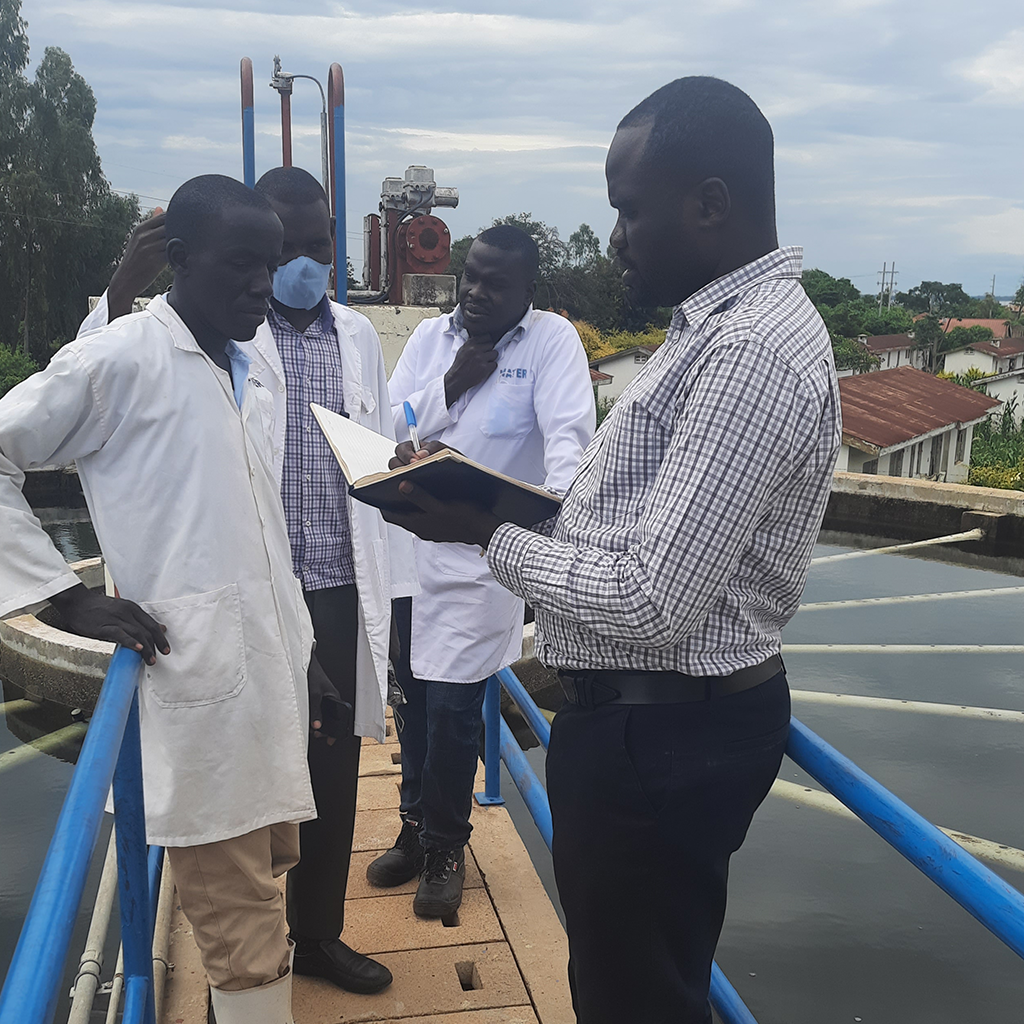
In a bid to improve the reliability and the capacity of water supply in Lira City, the National Water and Sewerage Corporation (NWSC) and other development partners are executing several projects aimed at boosting quality and reliable water supply in the City.
NWSC Area Manager-Lira, Mr. Gerazio Tukahirwa affirmed that NWSC has stepped up efforts to boost the quality and reliability of water supply in Lira City including Dokolo District.
He hinted on the fact that some of the projects range from improving on water production capacity from the current 8000 cubics per day as part of the interventions to meet the growing demand to over 12,000 cubics of water per day, increasing the carrying capacity of water to Lira town to serve more people and also improving on water quality and reliability within the town.
Notably, the corporation has recently upgraded the pumping capacity at Kachung water treatment plant from 6000 cubics of water per day to 8000 cubics per day and works are still in progress to further boost the capacity to cater for the suppressed demands.
Despite a number of challenges in Lira City to lift water to the customers, NWSC has embarked on works to improve on this and these are currently being implemented with some already completed and others expected to be completed soon.
“Part of these works involve upgrade of pumps, generators, reservoirs including other works at the intake, treatment plant, Agwatta booster station, drilling 3 more boreholes and other water supply network improvement plans in the town,” explained Mr. Tukahirwe.
Some of the ongoing NWSC works in Lira City include; Renovating existing filters and construction of two more filters and a clarifier, installation of 2 pumps at the wastewater lifting station, upgrading Eastern lagoons along Kitgum road, construction of a new laboratory pending equipping and, giving a new facelift to Kachung water treatment plant.
Also, following the floods in Lira City that left NWSC installations submerged along Lake Kwania for over 2 years, NWSC has since continued to carry out a number of flood defensive projects to increase resilience to climate change.
Notable initiatives include; Construction of barrier walls to stop water from entering the pump house, installed submersible pumps, built Gabion walls to support the installations and the road, supported the power poles, and replacement of wooden power poles with concrete poles and insulating of power lines with the help of UMEME.
Notably, there are planned projects for the area still in the pipeline and some of these include; Drilling 3No boreholes with a Mini treatment system at Lira University, Ngetta and Lango College, bulk transfer of water through a 12km DN300 pipeline from Angwetangwet to Lira University as a Permanent solution, raising island at intake and, raise the road to intake after talks with UNRA are concluded.



